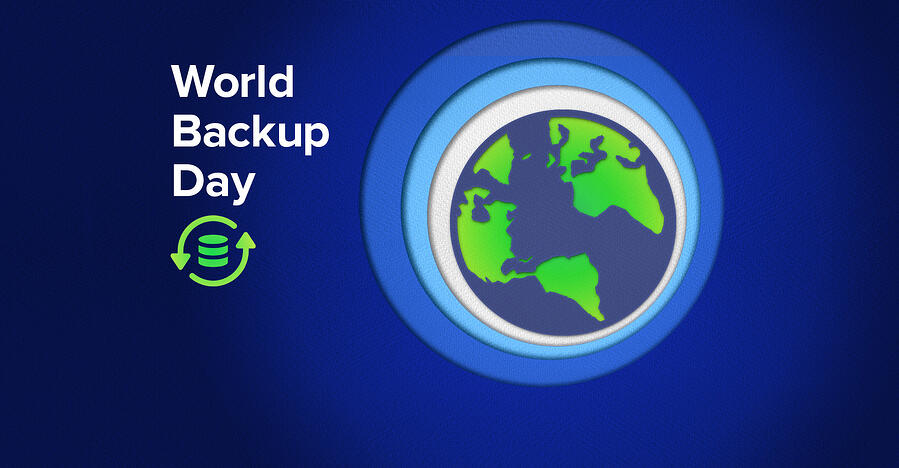
Here's how and why to begin building a practice of doing regular backups
March 31 is World Backup Day, a day created to encourage everyone to backup their files at least once a year. The idea is a simple one: take a day to highlight one of those critical but mundane tasks that everyone knows they should do, but never get around to doing. It’s a lot like changing the batteries in your smoke alarm (which we’re encouraged to do when we change our clocks, for similar reasons). While backing your files up is a good thing, these days it may be better to think of this as World Ransomware Protection Day. That’s because backups are the single most effective way anyone protects themselves and their businesses against ransomware, hands down. The reason for this is simple: A ransomware attack destroys the files you care most about. Ransomware doesn’t delete them, at least not initially. But when you experience a ransomware attack, your access to your files is gone, just like if your hard drive had crashed. Because your files are encrypted rather than outright destroyed, ransomware attacks immediately start a discussion of “should you pay the ransom or not.” Law enforcement and most security professionals will tell you that you shouldn’t pay the ransom for many reasons, not least of which is you can pay the ransom and still not get your files back. At which point if you pay, you’ve lost not only your files but also your money. This is where backups come into play and why they’re so important as ransomware protection. If you have your files backed up and can restore them, you don’t have to worry about paying the ransom. You simply restore your files from the backup and you’re done. Given how scary and complex ransomware is, it may be surprising that there’s such a simple, straightforward solution to it. But in truth \it really is that simple and straightforward. Many people and organizations around the world have successfully coped with ransomware attacks by restoring from backups and moving on, never having to pay or even think about paying ransom. Make no mistake, the ransomware threat is huge and only continues to increase. The United States Federal Bureau of Investigation (FBI)’s Internet Crime Complaint Center (IC3) notes in their 2020 Internet Crime Report how the number of ransomware victims jumped from 2,047 in 2019 to 2,474 in 2020 and losses from $8,965,847 in 2019 to $29,157,405 in 2020. There’s no reason to believe that ransomware attacks are going to slow down, let alone stop. This means it’s important to take steps to protect yourself as thoroughly as possible from ransomware. Not opening attachments or clicking on links can help. Running antivirus software can help too. But the last and most effective line of defense is to always have reliable backups that you can restore. So this year instead of skipping World Backup Day, take some time to back everything up and build a practice of doing regular backups. And equally importantly: know how to restore from your backups. A backup you can’t restore from defeats the purpose of backups. Hopefully you’ll never find yourself or your business the target of a ransomware attack. But if you do and you’ve got effective backups in place, you can ignore the ransom aspect of ransomware, restore your backups, and get on with your life. And getting on with your life after a catastrophic event is exactly why backups were created in the first place. Read our guide on how to avoid ransomware.
如有侵权请联系:admin#unsafe.sh
